Communication is a key part of a successful company acquisition. Strategically led and well-executed communication supports the business objectives of the acquisition and ensures that the trust of key stakeholders is maintained throughout the entire process, from the planning phase to integration and the post-merger period.
Well planned M&A-communication is not merely reactive communication through press releases, but an active part of leading change. Communication creates a shared goal, engages employees, manages expectations, and supports the organization’s transition to new ownership or structure.
Similarly, half-hearted communication or the absence of communication can affect trust negatively, diminish the value of the deal, and, at worst, lead to the entire corporate acquisition falling through.
Key to success is understanding stakeholders
Company acquisition is a multi-phase process that affects many stakeholder groups. The needs and expectations of different stakeholder groups should be carefully mapped out in the planning stage. Employees, clients, investors, media, political decision-makers, and the authorities are interested in different aspects of the acquisition. What is important for them to know? What do they wish for, are afraid of, or are expecting? What other topics are interesting right now? Answering these questions builds the ground for M&A communications to succeed.
Understanding the local environment and media landscape is crucial for crafting messages correctly and considering different perspectives. This is important, especially in situations where a corporate acquisition spans across countries or cultures. The same message rarely works among local decision-makers in Finland and the banking circles in London.
In international corporate acquisitions, cultural differences can significantly impact how messages are understood and received. In such cases, a communication partner familiar with the local market is an invaluable support.
For geographically and culturally dispersed target groups, messages must be localized – both linguistically and content-wise. In international corporate acquisitions, cultural differences can significantly impact how messages are understood and received. In such cases, a communication partner familiar with the local market is an invaluable support.
Reputation management as a part of corporate acquisition risk assessment
Reputation due diligence is also a crucial part of preparing for a corporate acquisition. It helps identify risks related to the company’s reputation and allows for proactive measures to address them. At worst, negative publicity or reactions from stakeholders can lead to the entire deal falling through.
Therefore, it is important to prepare to answer questions that different stakeholders may raise. Typical concerns relate to issues such as operational responsibility, employee impacts, changes in market dynamics, financial consequences, or operational continuity. Careful and proactive communication planning enables consistent and credible responses to these questions, while openly addressing the most challenging topics strengthens trust.
It is also necessary to prepare for potential information leaks and other exceptional situations in advance. In such cases, scenario planning is a crucial tool for communication preparedness and risk management. The faster and more controlled the response to unexpected turns, the better the situation remains under control before it escalates.
How to prepare for M&A communication – three points to succeed
1. Act with thought and plan the communication to support the business
2. Know the stakeholders and the local environment
3. Prepare for reputational risks ja build trust with communication
Communications Consultant
Tiia Tikkanen
Communications Consultant
This is the first part of a blog series by Tekir’s specialists on M&A communications. In the next installment, we’ll explore how to communicate during the acquisition announcement phase – and why storytelling and dialogue are critical at that stage. You’ll find more insights from our experts on the News page. To learn more about our investor communications services, visit the Investor Relations page.

